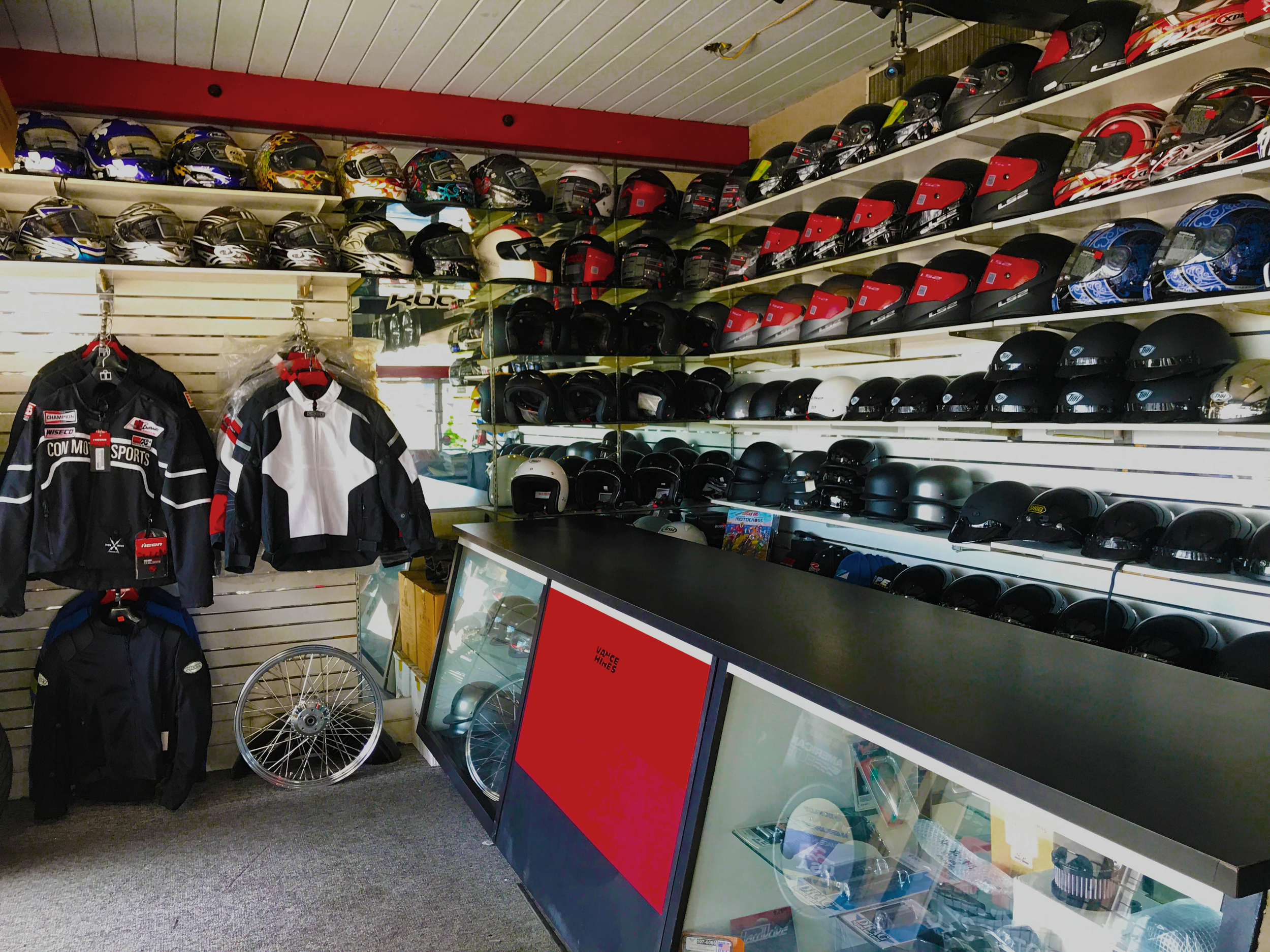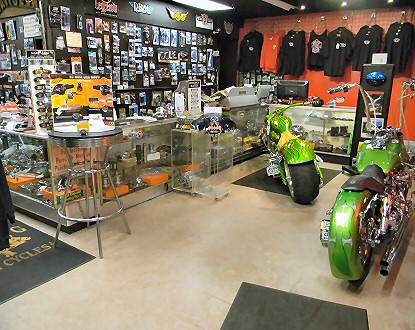Go To Our Motorcycle Shop for Professional Recommendations and Top Quality Products
Go To Our Motorcycle Shop for Professional Recommendations and Top Quality Products
Blog Article
Grasping Motorbike Gears: How to Enhance Your Riding Experience
In the world of motorcycling, grasping the art of equipment manipulation is crucial for enhancing your riding efficiency. Appropriately comprehending and utilizing bike equipments can substantially affect control, gas, and acceleration performance, transforming an average experience right into a seamless, exciting journey. By incorporating exact change timing and adapting equipment selection to numerous road conditions, riders can ensure optimum engine performance and security. The nuances of clutch control, throttle coordination, and equipment mechanics bid a deeper exploration, guaranteeing to unlock the full potential of your equipment. How can these methods be used to genuinely enhance your riding experience?
Comprehending Gear Mechanics
Exactly how do the ins and outs of gear technicians affect bike efficiency? At the core of motorbike characteristics, gear mechanics play a critical function in transforming engine power right into motion, ultimately determining speed and control. Gears, meticulously crafted elements, enable bikers to maximize torque and speed, making certain a smooth transition through different surfaces and rates. The equipment ratios, carefully made, determine the relationship between engine transformations and wheel turns, affecting velocity and fuel efficiency.
Comprehending equipment technicians begins with recognizing the importance of the transmission, which houses multiple equipments of differing sizes. These equipments interact through a process known as meshing, where teeth of different equipments involve to send power.
Moreover, the concept of gear moving is essential to making the most of efficiency. Smooth and prompt shifts ensure that the engine operates within its optimal power band, stopping unneeded strain and improving longevity (motocross gear). By understanding these mechanical intricacies, riders can achieve a harmonious blend of control, power, and effectiveness, boosting their riding experience
Timing Your Shifts
Shift timing mastery is necessary for optimizing motorcycle performance and boosting the riding experience. Correctly timed changes make sure that the engine operates within its optimal power band, which is vital for maintaining control, attaining smooth velocity, and ensuring the long life of the motorcycle. Bikers have to create an user-friendly feeling of when to shift equipments, which entails comprehending the relationship in between engine changes per min (RPM) and speed.
To master shift timing, pay close interest to the engine's sound and feel, as these supply vital clues concerning when to transform equipments. The ideal shift factor usually takes place when the engine approaches the top array of its power band without getting to the redline. Shifting prematurely can result in an absence of power, while changing far too late may cause unnecessary engine strain
Additionally, road problems and riding style influence shift timing. In comparison, during highway riding, less shifts at higher speeds can be much more ideal.
Enhancing Fuel Efficiency
While mastering bike equipments is critical for performance, improving gas performance is equally vital for both environmental and financial reasons. Optimal fuel usage not only minimizes operational prices yet additionally decreases the eco-friendly footprint of riding. To accomplish this, one must comprehend the elaborate partnership between gear choice and engine efficiency.
Riding in a higher gear at reduced speeds can lead to engine lugging, which is harmful to both fuel economic situation and engine health. Conversely, riding in reduced gears at high rates results in unnecessary gas intake.
Furthermore, normal maintenance plays a critical duty in fuel performance. Guaranteeing that the bike is well-tuned, with clean air filters and appropriately blew up tires, can boost aerodynamics and reduce fuel wastefulness. In addition, embracing a riding style that embraces steady velocity and smooth deceleration can add to better fuel economy.

Strategies for Smooth Transitions
Achieving smooth equipment shifts is fundamental to improving the riding experience and making sure the longevity of a bike's transmission system. Correct gear shifting not only adds to a seamless adventure however likewise minimizes damage on the mechanical components. To understand the art of smooth changes, riders should concentrate on a couple of key techniques.

Second of all, clutch control plays a crucial role. Engaging and disengaging the clutch efficiently needs method. The clutch lever should be released gradually, permitting a smooth transfer of power from the engine to the wheels without triggering a shock or sudden movement.

Adapting to Roadway Problems
Navigating varied road conditions is an important skill for any kind of motorcyclist intending to maintain control and safety and security. Whether you're riding on wet surfaces, crushed rock roads, or browsing doglegs, your capability to adapt your gear use and riding strategy is extremely important. next Comprehending how to readjust your gears suitably can significantly influence traction and security, making sure a more secure trip.
On damp roads, it is advisable to maintain higher gears to minimize torque and minimize wheel spin. This strategy helps keep hold on unsafe surfaces, enabling smoother acceleration and deceleration. On the other hand, when riding on crushed rock or uneven terrain, lower gears are more effective. Reduced equipments supply better control and allow you to react even more swiftly to unforeseen modifications in the road surface.
Sharp curves require exact equipment monitoring to balance speed and control. Downshifting before getting in a curve can help keep energy while making sure the motorbike stays secure throughout the turn. Regular practice in different conditions improves your ability to anticipate and react to modifications in roadway appearance and slope.
Conclusion
Understanding motorbike equipments substantially improves the riding experience by improving fuel, control, and acceleration effectiveness. Adapting gear selection to various road conditions, such as utilizing greater gears on wet surfaces and reduced gears on crushed rock, further enhances handling and security.
Comprehending equipment auto mechanics begins with acknowledging the significance of the transmission, which houses numerous equipments of varying sizes. These gears connect through see post a process understood as meshing, where teeth of different equipments involve to send power (motorcycle shop). Gentle changes to the throttle throughout equipment shifts can avoid jerky motions and keep a constant riding rate
Whether you're riding on wet surfaces, gravel roads, or navigating sharp turns, your my explanation capability to adapt your gear use and riding technique is critical. Adapting gear selection to different road problems, such as using higher equipments on damp surfaces and lower equipments on gravel, additional boosts handling and safety and security.
Report this page